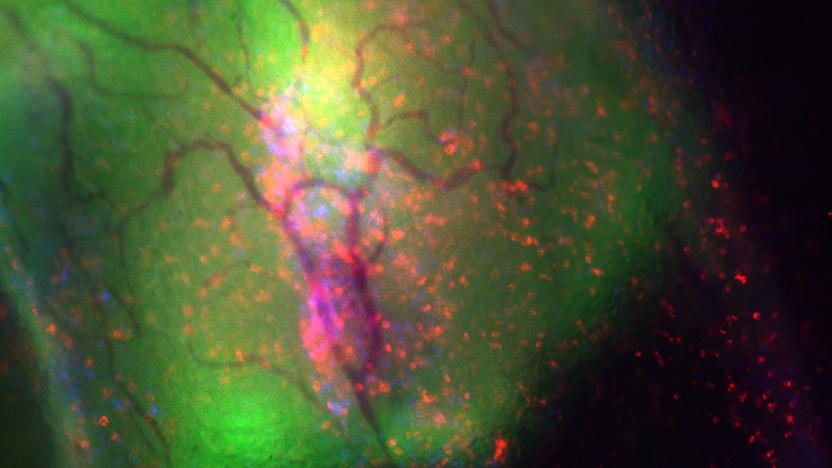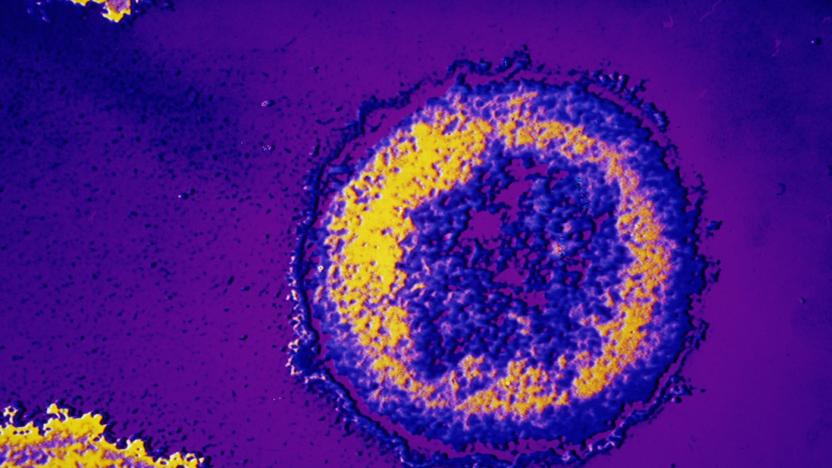tcell
Latest

Scientists reprogram T Cells to target autoimmune diseases
Researchers from the University of California, San Francisco have uncovered a gene-editing technique which could provide safer treatments for patients with cancer and autoimmune diseases. The breakthrough -- which involves the CRISPR/Cas9 system -- will allow T cells (the cells which fire up our immune response) to recognize infections with greater specificity, and eliminate the need to use viruses for transferring DNA to target cells.

Scientists watch an immune system fight the flu in real time
To date, biologists have typically had to study the progress of a virus through indirect means, such as studying the antibodies -- actually tracking the viruses themselves has been difficult. However, researchers say they've found a way to follow the progress of a virus in real time. By using multiphoton microscopy in tandem with a laser and fluorescence, the team monitored influenza virus in a mouse's trachea (where the transluency made imaging possible) through the infection and immune system response.

Gene editing can end disease and fight global famine
We're looking at the single greatest advancement in genetics since Mendelev started growing peas. CRISPR-Cas9 gene-modification technology is powerful enough to cure humanity's worst diseases, yet simple enough to be used by amateur biologists. You thought 3-D printers and the maker movement were going to change the world? Get ready for a new kind of tinkerer -- one that wields gene-snipping scissors.

HIV resists attempts to cripple it with gene editing
It's tempting to treat gene editing as a cure-all: surely you can end diseases and viruses by changing or removing the qualities that make them dangerous, right? Well, it's not quite that simple. Researchers trying to cripple HIV by cutting up its DNA (using CRISPR) discovered that some virus samples not only survived the attack, but mutated to resist these incursions. The host T cell actually helped things along by trying to repair the cuts, inserting DNA bases and creating a mutated virus that couldn't be detected by the immune system.


